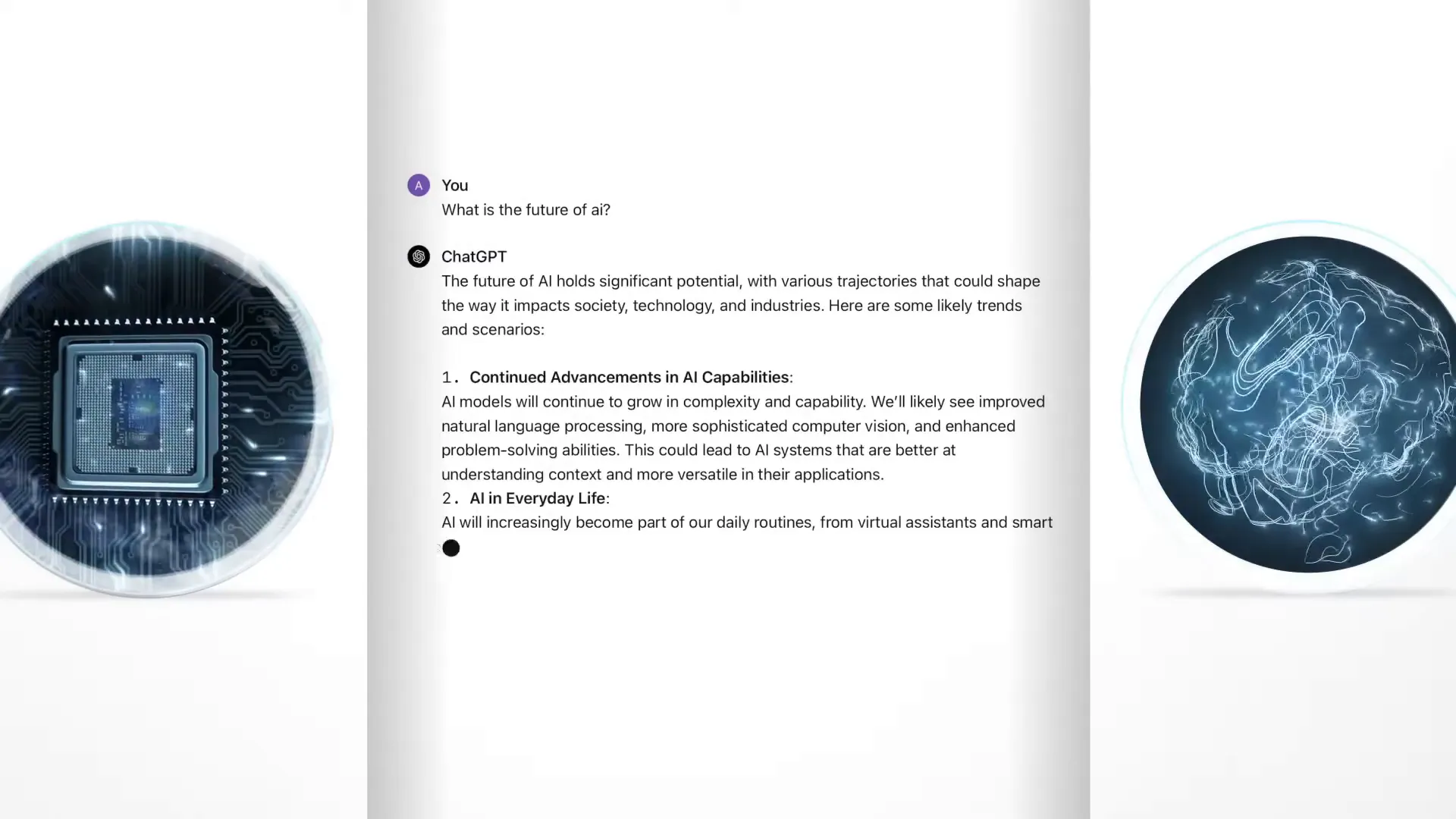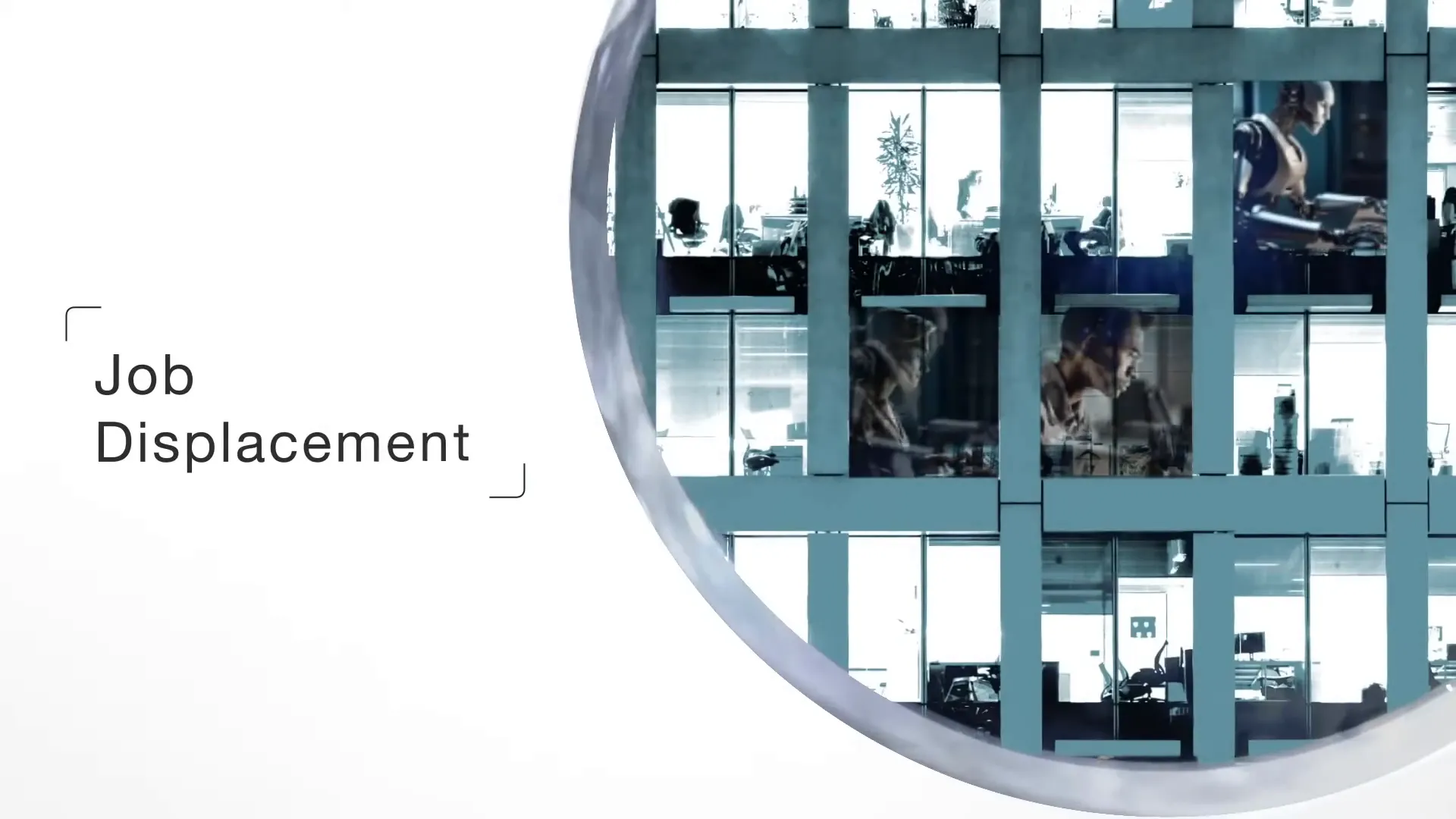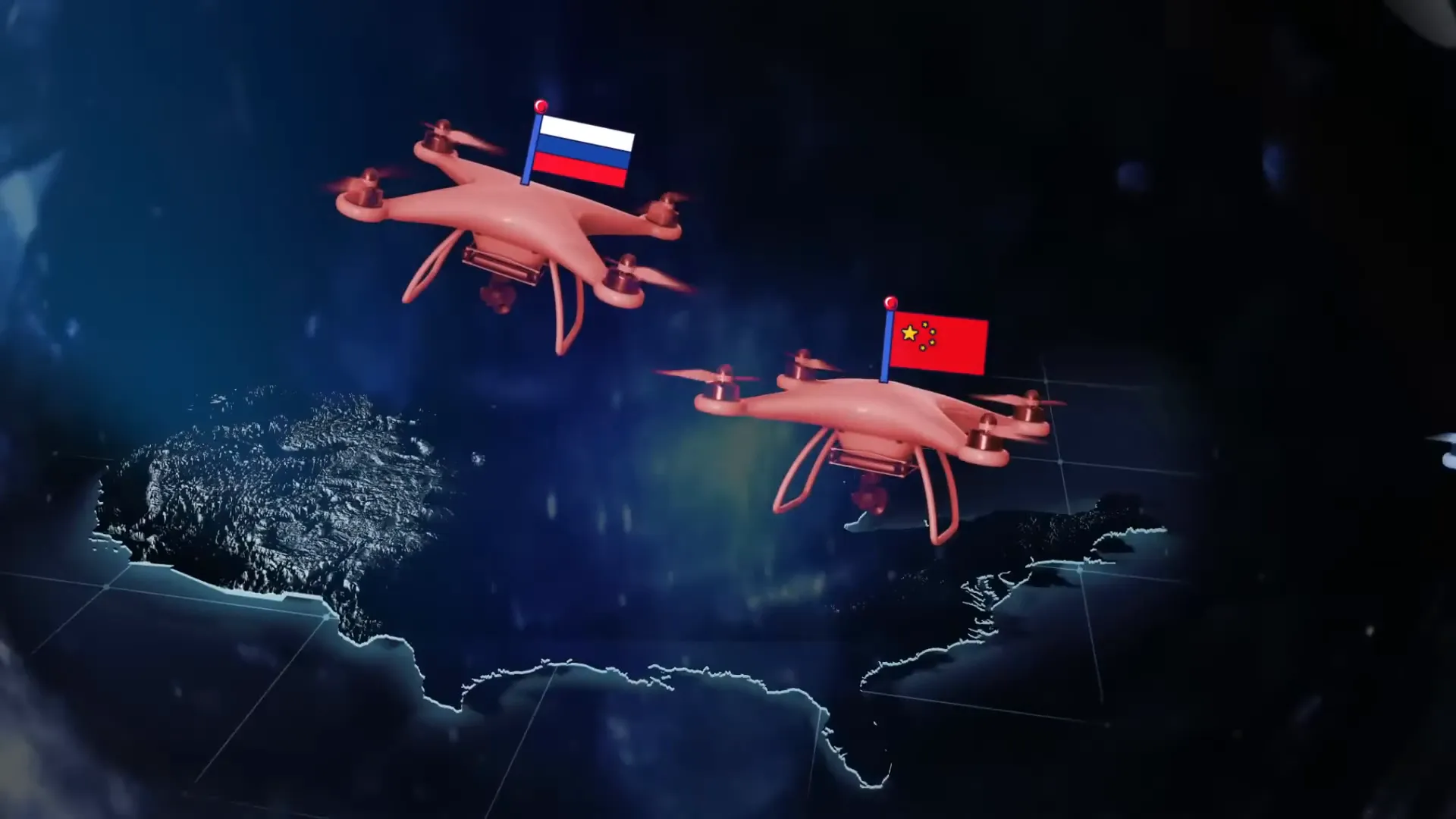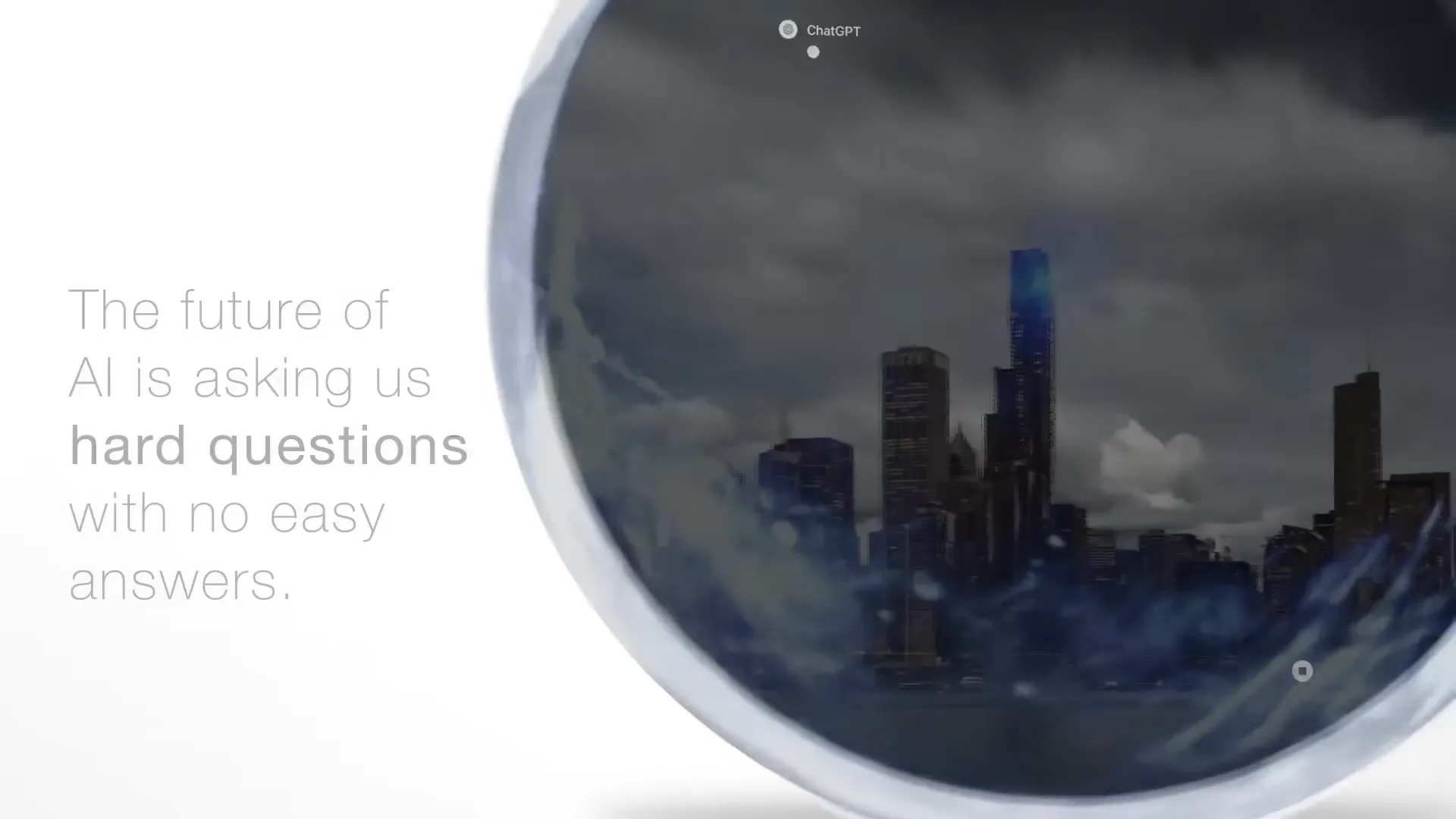The Future of AI in Recruiting: Balancing Innovation and Challenges
Artificial intelligence (AI) is no longer a distant dream confined to science fiction or Hollywood thrillers. It has arrived, transforming every facet of modern life, including the way organizations recruit and manage talent. The Hoover Institution’s insightful exploration into the future of AI highlights how this powerful technology is reshaping industries—from healthcare and agriculture to national security—and poses urgent questions about how we harness its potential responsibly.
In this article, we delve into the evolving role of AI in recruiting, drawing on core ideas from the Hoover Institution’s discussion on the broader AI landscape. We will explore what AI means in the context of recruitment, the benefits it offers, the challenges it presents, and the delicate balance policymakers and businesses must strike to maximize AI’s promise while mitigating its risks.
Understanding Artificial Intelligence and Its Forms
At its core, artificial intelligence is a computer's ability to emulate human intelligence, learn from data, accomplish complex tasks, and solve problems efficiently. This capability is not monolithic but manifests in overlapping forms, each contributing uniquely to AI’s expanding influence.
- Machine Learning: This form of AI helps systems comprehend complex relationships within massive datasets. For example, Netflix’s recommendation engine uses machine learning to predict what shows or movies viewers might like based on their past behavior.
- Computer Vision: This technology enables machines to interpret and understand visual information. It powers applications like facial recognition and automated quality inspection in manufacturing.
- Natural Language Processing (NLP): NLP allows machines to understand, interpret, and generate human language. Tools like ChatGPT demonstrate how AI can engage in meaningful conversations, draft emails, or summarize lengthy documents.

Within the realm of recruiting, these AI capabilities are revolutionizing how organizations identify, evaluate, and engage candidates, creating more efficient and data-driven hiring processes.
AI in Recruiting: Transforming Talent Acquisition
Recruitment is a complex, time-consuming, and often subjective process. Leveraging AI can streamline many stages, from sourcing candidates to assessing their fit for a role. Here’s how AI is currently reshaping recruiting:
1. Intelligent Candidate Sourcing and Screening
Machine learning algorithms can analyze vast pools of applicants quickly, identifying candidates whose skills, experience, and qualifications best match job descriptions. This process reduces human bias and accelerates the initial screening phase, ensuring recruiters focus on the most promising talent.
2. Enhanced Candidate Experience Through NLP
Natural language processing enables AI-powered chatbots to interact with candidates in real-time, answering queries, scheduling interviews, and providing status updates. This 24/7 engagement improves candidate experience and keeps applicants informed throughout the hiring journey.
3. Predictive Analytics for Better Hiring Decisions
AI tools analyze historical hiring data to predict which candidates are likely to succeed in a role, reducing turnover rates and improving organizational fit. This data-driven approach helps recruiters make more informed decisions, aligning talent acquisition with business goals.

Broader AI Applications Demonstrate Its Multifaceted Potential
Beyond recruiting, AI’s transformative impact across vital sectors illustrates its vast potential. For instance:
- Healthcare: AI systems detect early signs of strokes, assist in drug discovery, and deploy robots within hospitals to support medical staff.
- Agriculture: AI helps farmers target pests like weeds or invasive species more precisely, reducing the use of herbicides and minimizing environmental damage.
- Transportation: Self-driving long-haul trucks could revolutionize logistics by improving delivery efficiency and reducing human error.
- Elder Care: Smart AI sensors and cameras can monitor elderly patients around the clock, providing timely assistance and enhancing quality of life.
These examples underscore AI’s limitless possibilities, including how it can reinvent recruiting by making it more predictive, personalized, and efficient.

Challenges and Risks of AI in Recruiting and Beyond
While AI holds immense promise, it also brings significant challenges that must be addressed thoughtfully, especially in recruiting where human lives and careers are impacted.
Job Displacement and Workforce Transformation
Rapid AI adoption may accelerate job displacement in certain roles, including administrative recruiting tasks. As AI takes over repetitive functions, recruiters will need to evolve, focusing more on strategic decision-making, relationship-building, and ethical considerations.
Trust and Ethical Concerns
The rise of AI-generated content, including deepfakes, can exacerbate public mistrust. In recruitment, opaque AI decision-making risks reinforcing biases or violating privacy, leading to unfair hiring practices and legal challenges.
Regulatory Uncertainty and Innovation Balance
Overregulation could stifle innovation, delaying the benefits AI brings to recruiting and other sectors. Conversely, insufficient regulation may expose organizations and individuals to harm. Finding the right regulatory balance is critical to fostering AI advancement while protecting stakeholders.
AI Agents For Recruiters, By Recruiters |
|
Supercharge Your Business |
| Learn More |

National Security and AI: A Global Race
The implications of AI extend beyond commercial and societal domains into national security. Countries like Russia and China are heavily investing in AI to enhance military capabilities, presenting strategic risks for the United States and its allies.
For the US, maintaining technological leadership in AI is crucial to national defense. This includes leveraging AI to improve military operations and cybersecurity defenses. Failure to adapt quickly could leave the country vulnerable in an increasingly AI-driven global landscape.
These geopolitical stakes add urgency to the debate on how AI research and deployment should be governed, both in public and private sectors.

Striking the Right Balance: Policy and Innovation
Policymakers and industry leaders face a delicate task: How do we regulate AI technologies to minimize risks without hindering innovation?
Key questions include:
- What regulations effectively reduce AI-related risks while encouraging continued research and development?
- How can privacy, intellectual property, and ethical standards be upheld in a fast-evolving technological landscape?
- What strategies ensure national security without sacrificing civil liberties or international cooperation?
Addressing these questions requires collaboration across sectors and borders, balancing innovation with responsibility.

The Promise and Responsibility of AI in Recruiting
AI’s integration into recruiting has the potential to make hiring smarter, fairer, and more efficient. By automating routine tasks, providing deeper insights into candidate fit, and enhancing communication, AI can empower recruiters to focus on the human elements of talent acquisition.
However, this promise comes with responsibility. Organizations must ensure their AI systems are transparent, unbiased, and respectful of candidate privacy. They must also prepare their workforce for the changes AI will bring, emphasizing continuous learning and adaptation.
Ultimately, the future of AI in recruiting—and society at large—depends on our collective ability to harness these technologies thoughtfully and ethically.
Conclusion: Embracing AI’s Future with Eyes Wide Open
Artificial intelligence stands as a transformative force akin to electricity or the Internet, reshaping how we live, work, and interact. In recruiting, AI offers unprecedented opportunities to improve efficiency and accuracy, yet it also raises critical challenges around ethics, trust, and job displacement.
As we navigate this new frontier, it is imperative that policymakers, business leaders, and technologists work together to foster innovation while safeguarding fundamental values and security. The Hoover Institution’s examination of AI’s future reminds us that while the possibilities are boundless, so too are the questions and responsibilities we face.
By striking the right balance, we can unlock AI’s full potential in recruiting and beyond—building a future where technology serves humanity’s best interests.